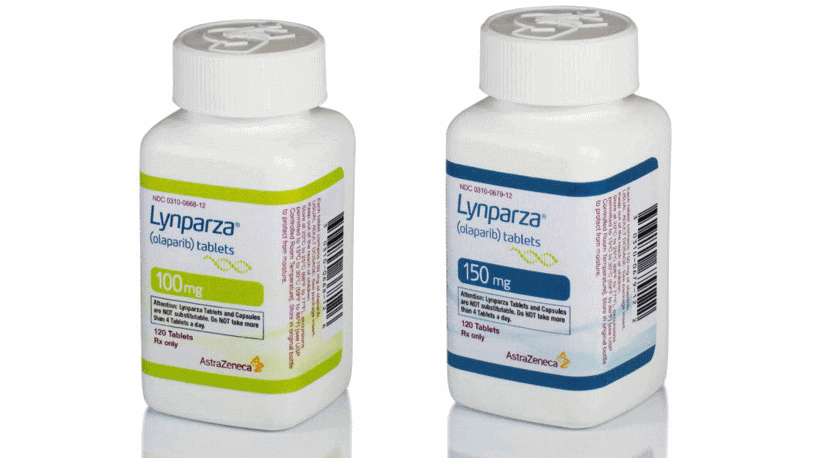AZ, Merck get FDA okay for Lynparza as adjuvant breast cancer therapy

The FDA has cleared AstraZeneca and Merck & Co's Lynparza as an adjuvant or neoadjuvant treatment for breast cancer, extending its lead over pretenders to its PARP inhibitor crown.
The new approval is for use in patients with BRCA-mutated, HER2-negative early-stage breast cancer who have already been treated with chemotherapy – either before or after surgery – and are at high risk of the disease coming back.
AZ and Merck said that the approval makes Lynparza (olaparib) the only PARP inhibitor to have shown an improvement in overall survival when used in this setting, ahead of rivals like Clovis Oncology's Rubraca (rucaparib), GlaxoSmithKline's Zejula (niraparib) and Pfizer's Talzenna (talazoparib).
The green light is based on the results of the phase 3 OlympiA trial, which compared Lynparza to placebo in these patients and found that the drug achieved a statistically significant 42% improvement in invasive disease-free survival (iDFS) – a composite endpoint including invasive breast cancer recurrences, second cancers or death.
Follow-up data from the trial showed that Lynparza reduced the risk of death by 32% compared to placebo, which was also a significant result.
AZ and Merck's drug is already approved by the FDA as a second-line treatment for BRCA-mutated, HER2-negative breast cancer, but approval of adjuvant use could unlock a significant new market for the drug.
It is estimated that around half of all patients with BRCA-mutation, high risk, HER2-negative breast cancer patients are candidates for treatment with Lynparza now that adjuvant and neoadjuvant use has been added to the drug's label.
"Most breast cancers are identified in the early stages, and many patients will do very well, but for those with higher-risk disease at diagnosis, the risk of cancer returning can be high, and new treatment options are needed," said Prof Andrew Tutt of King's College London, the lead investigator for the OlympiA trial.
The results have shown that "identifying a BRCA1/2 mutation in women with high-risk disease opens the additional option of eligibility for olaparib treatment."
Also approved to treat ovarian, prostate and pancreatic cancer, Lynparza brought in $2.75 billion in sales for AZ last year, a rise of around 25%, while Merck booked just under $1 billion from the drug.
The drug is far in front of its rivals commercially as well as in terms of its approved indications. Clovis reported less than $150 million in Rubraca sales last year, while GSK recorded just $5 million for Jemperli and Talzenna is not making enough revenue to warrant a mention in Pfizer's quarterly results.
Meanwhile, along with the adjuvant/neoadjuvant breast cancer indication, AZ and Merck are also hoping to extend the uses of their drug to first-line castration-resistant prostate cancer (CRPC), adding to its current role as a second-line therapy after chemo.
Results of the PROpel trial were reported last September, and made Lynparza the first PARP drug to show an improvement in radiographic progression-free survival (PFS) in first-line CRPC. Approval in that setting would also dramatically increase the number of prostate cancer patients eligible for treatment with the drug.












